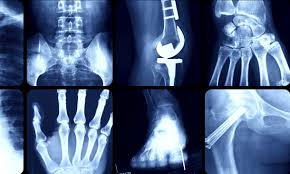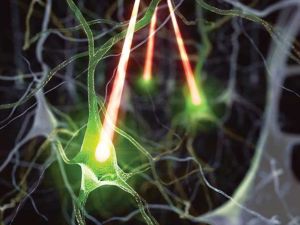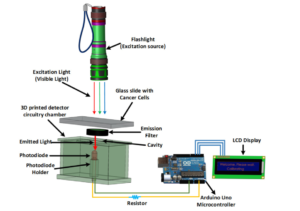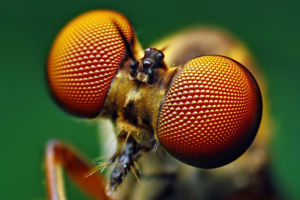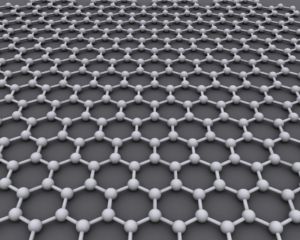Search Results for: optics
Computational Ghost Imaging: An Unconventional Solution
X-Rays and Imaging We commonly associate x-ray imaging with hospitals and broken bones, but why are x-rays the chosen source of radiation instead of visible light or electron beams? The high initial energy ...
Skin-Like Device Design Using the Monte Carlo Method
Researchers from Tsinghua University in Beijing, China, recently published their findings on using the Monte Carlo method during the design of skin-like optical devices. The Monte Carlo method allows for ...
Laser Tissue Interactions: Biological Factors to Consider for Dermatology
In 1963, Leon Goldman became the first person to report using lasers in dermatology. Goldman reported the effects of Ruby laser in the selective destruction of cutaneous pigmented structures, like black ...
Tissue Welding Using Lasers for Sutureless Surgical Procedures
Tissue welding is a relatively new procedure that aims to seal wounds and openings in a surgery using laser. The first tissue welding application using lasers was done in 1964 to join small blood vessels ...
A Novel Handheld Viscosity Sensor for Medical and Industrial Applications
A research team at Keio University in Japan devised a novel handheld viscosity sensor capable of quick, non-contact in situ measurements. Viscosity is a fundamental property for liquid analysis in a wide ...
Optical Computing: Prospects and Challenges
Optical fibers show promise not just in long-range information transmission, but also in fully optical computers. Image courtesy of tOrange.biz What is optical computing? For many decades, the processing ...
Optogenetics: The Future of Lasers in Neurology for Brain Studies
Optogenetics is the emerging field of using light to control and study neuronal activity. In 2005, a Stanford University team was able to use a light-sensitive microbial protein to control the timing of ...
Cancer Cell Detection Using a Low-Cost Fluorometer
For women across all socioeconomic groups, breast cancer poses a large threat. Approximately 1 in every 8 women will be diagnosed with the cancer during her lifetime. Additionally, it is one of the leading ...
A Practical and Low-Cost Approach to Artificial Compound Eyes
Compound eyes provide insects with the ability to quickly react to danger. These eyes posses a much wider field-of-view, higher light sensitivity, and superior sensitivity to motion when compared to the ...
Mode-Locked Lasers Improved With Graphene Technology
Ever since graphene sheets were isolated from bulk graphite in 2004, two-dimensional materials have received an immense amount of interest for their unexpected and novel electronic and optical properties. ...

